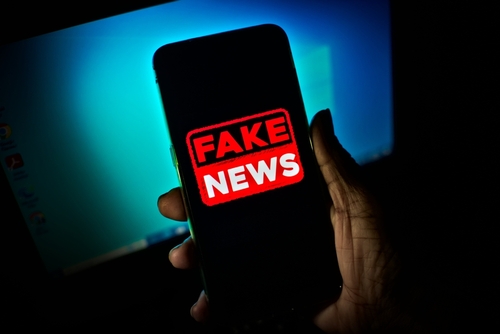In recent years, the dynamic between former President Donald Trump, current President Joe Biden, and the corporate media has exemplified the biases and failures of American journalism. This is evident in the coverage discrepancies, the perpetuation of certain narratives, and the apparent protectionism extended to Biden by mainstream outlets.
Trump's presidency was marred by relentless media scrutiny. From the moment he announced his candidacy, a significant portion of the press positioned themselves in opposition, amplifying every controversy and misstep while often ignoring his administration's achievements, such as economic growth and criminal justice reform. The media's aggressive stance against Trump reached its zenith during his impeachment trials, where coverage was overwhelmingly negative and often speculative.
You STILL don’t hate the media enough. pic.twitter.com/F7XEdRvLMe
— Naomi Seibt (@SeibtNaomi) July 15, 2024
Conversely, Biden has enjoyed a more favorable media environment. The difference in treatment is stark, particularly regarding significant issues like the economy and foreign policy. Despite facing inflation, economic slowdown, and a contentious withdrawal from Afghanistan, Biden has largely been shielded from the relentless negative coverage that Trump faced. This has led to accusations that the media is complicit in protecting Biden, downplaying his administration's failures, and promoting his policy agenda without critical analysis.
A prominent example of this bias is the coverage of Biden's mental acuity. Numerous gaffes and moments of apparent confusion have raised concerns about his fitness for office. However, mainstream media outlets have frequently dismissed these concerns as partisan attacks, failing to investigate them with the same rigor applied to Trump's every move.
1) However much you hate the left-wing corporate media, it's not enough. The Sunday New York Times versus the Sunday New York Post headlines: pic.twitter.com/CZZmp16Slj
— Mark Mendlovitz (@MendlovitzMark) July 14, 2024
Moreover, the media's role in shaping public perception was crucial during the 2020 election. The suppression of the Hunter Biden laptop story by major platforms and news organizations epitomizes this. This story, which could have had significant implications for Biden's candidacy, was largely ignored or labeled as disinformation by mainstream outlets until after the election.
This selective reporting extends to policy coverage. While Trump was often criticized for his hardline stances and rhetoric, Biden's policies, which have also faced substantial opposition, especially regarding immigration and energy, receive comparatively softer coverage. The media's framing often highlights the humanitarian aspects of Biden's immigration policies while ignoring the resulting crises at the border.
The media's favoritism is not without consequence. It undermines public trust in journalism and fuels political polarization. When significant segments of the population perceive that the media is biased, it deepens divisions and fosters an environment where misinformation can thrive.
In conclusion, the treatment of Trump and Biden by the corporate media underscores a significant issue within American journalism: the failure to maintain impartiality. By choosing sides, the media not only fails in its duty to inform the public accurately but also contributes to the erosion of trust in the press, a cornerstone of democratic society. As the political landscape continues to evolve, it is imperative for the media to reevaluate its role and strive for balanced, fair reporting to regain the public's confidence.




